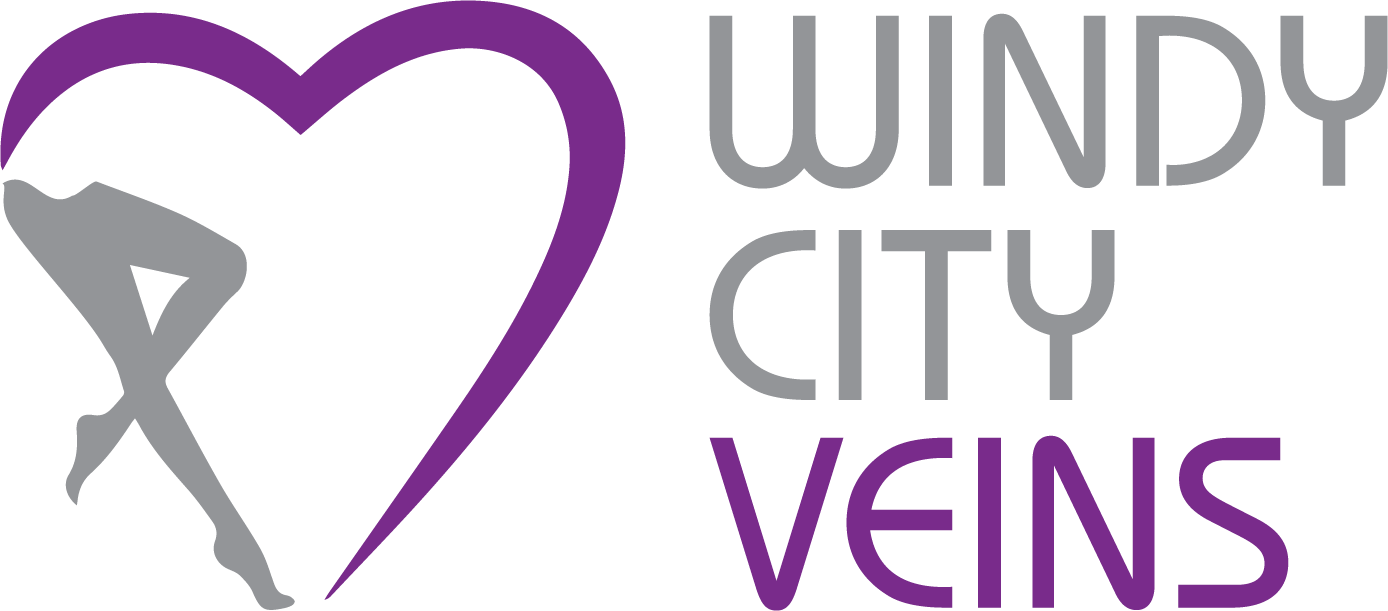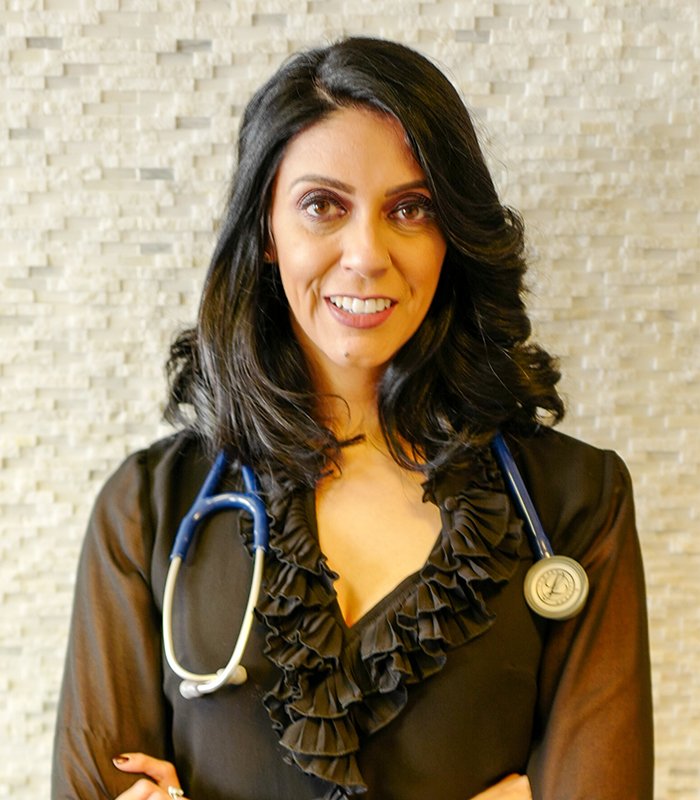What Causes Venous Disease
What is Venous Disease?
Venous disease happens when a vein becomes diseased or abnormal and doesn’t allow blood to flow correctly, causing other problems or conditions. Venous disease is very common, affecting about 23% of adults. It manifests as varicose veins or spider veins.
Let’s Take a Look
In our consultation with you, we examine your veins and diagnose your venous disease accurately.
Varicose Veins or Spider Veins: What’s the Difference?
Varicose veins are
- Larger than spider veins
- They occur when veins are enlarged and swollen, popping out under the skin. While they may be just a cosmetic problem, they can lead to more serious issues.
Spider veins are smaller, like thin lines twisting and turning just underneath the skin (thus their name). They usually appear red, purple, and blue. These are usually only treated to reduce their appearance, not because they pose a large health threat.
You could have both varicose and spider veins, and sometimes spider veins turn into varicose veins, but not always.
Will I Get Venous Disease?
Certain people are at higher risk of getting varicose or spider veins than others.
- Women are more likely to get vein disease than men.
- Adults over 50 are more likely to get vein disease than younger adults.
- Pregnant women often get varicose veins or spider veins because they have more blood in their body, putting pressure on their veins.
- If your job forces you to sit or stand for long periods of time, you could develop vein disease.
- If you are obese, you’re also more likely to get vein disease.
What Can Cause Venous Disease?
Veins have one-way valves, meaning the blood in them can only travel in one direction. If your valves become weaker or stop working, blood may leak and move in the wrong direction, causing buildup of blood and then a swollen vein.
Venous disease happens when Vein disease can be caused by several activities or conditions, including:
- Not exercising
- Smoking
- Deep vein thrombosis (a blood clot in a deep vein)
- Phlebitis (when a vein close to your skin gets inflamed)
Where Can I Get Varicose or Spider Veins?
You can technically get varicose or spider veins on any vein close to your skin, including your arms, but most venous disease appears in the legs.
Venous disease is more common in your legs because they are the farthest from your heart, and because gravity makes it harder to pump blood up to your heart.
How Can I Tell if I Have Vein Disease?
Normally, you can identify varicose veins just by looking at your skin. However, there are several symptoms:
- Swollen legs
- Bulging and swollen veins
- A tight feeling in your calves
- Itching and pain in the legs
- Pain when walking (but none when you’re resting)
- Restless legs syndrome (feeling that you constantly want to move your leg)
- Painful leg cramps
- Leg ulcers
Have Any Symptoms? We Can Tell You What To Do
If you see or feel any of these symptoms, schedule an appointment with us so you can get a proper diagnosis and start treatment.






